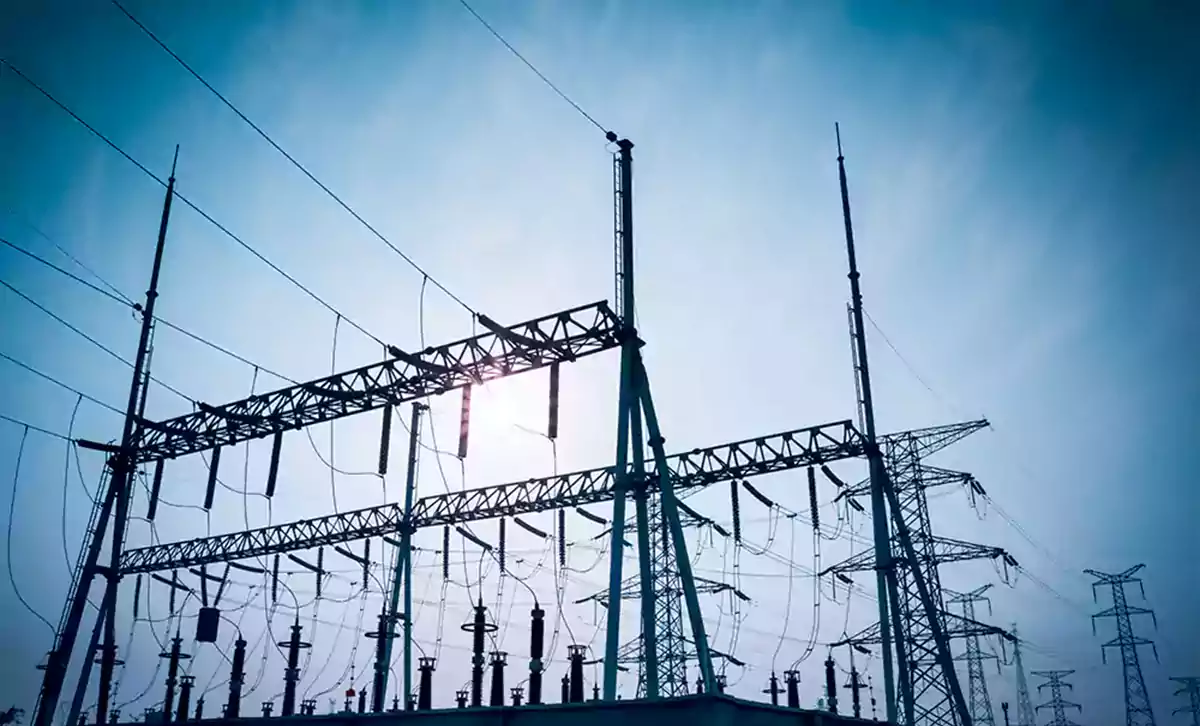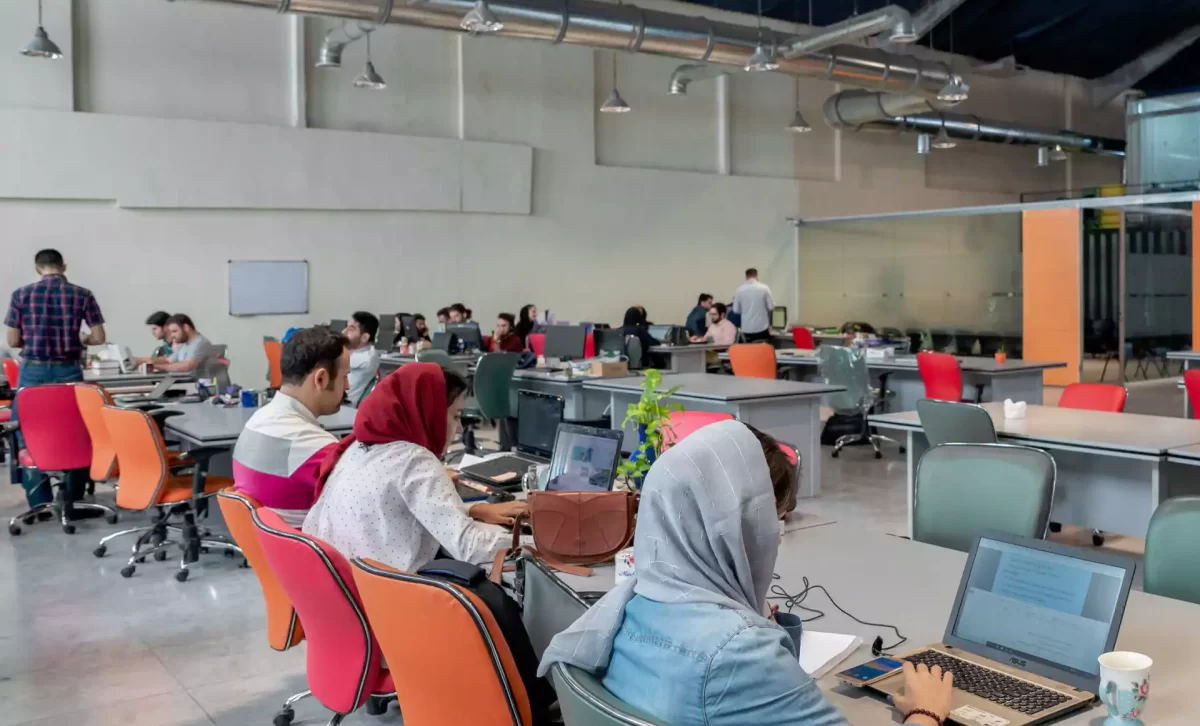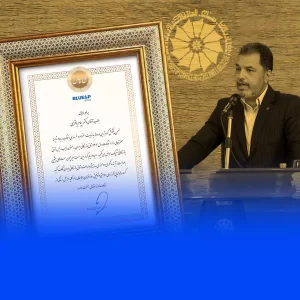Water is one of the main substances on the Earth, but this vital substance is not parity distributed throughout the world, and it is not even the same over the year. Optimal management of water resources is one of the most critical issues.
With the growth of technology and dam construction, the water is storing, and its management increased.
Dams play a two-sided role:
- Collecting and sorting water and managing it for social needs
- Reducing the risks of flood and prevent droughts and shortage of resources
The protection of dams is so significant. Preventive maintenance and management can increase economic and social growth opportunities.
Multi-purpose water reservoirs and dams play a major role for water supply, irrigation and flood protection in India. In order to ensure long-term operation and safety of the dams, adaptation planning, maintenance, repair and retrofitting are needed. DAMSAFE is a demonstration project sponsored by the Dutch Partners for Water program and supports decision making in a long-term integrated approach.
Consortium
The DAMSAFE consortium consists of the Dutch based research organization Deltares (coordinator) and the Dutch companies SkyGeo and Royal Eijkelkamp and the Spanish company iPresas. The goal of DAMSAFE is to contribute to enhancing dam safety and water management in India.
Water reservoirs of vital importance
The water reservoirs in India are of vital importance to the cities and urban areas. They provide water for irrigation of the land (food production), are used to generate electricity (water and energy) and offer protection against flooding (safety). Often, the dams are aging, but are also facing different circumstances than when designed, due to changes in land use, socio-economic developments and climate change.
Innovative tools
DAMSAFE consists on the integration of different technologies, that have been developed and proven elsewhere and which provide high quality and reliable information to the end-user. Innovative tools help in forecasting reservoir inflow and outflow, thus increasing reservoir performance and more controlled release of water in the environment. They allow assessment of the dam condition resulting in optimization of Operation and Maintenance (O&M), while rapid and risk based assessment of dam safety provides information for emergency response and improved risk reduction.
Source: Deltares.nl








